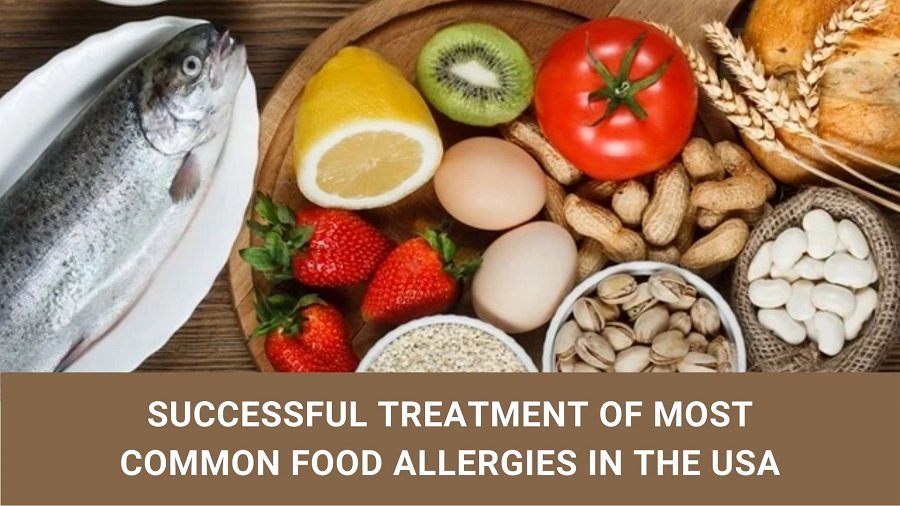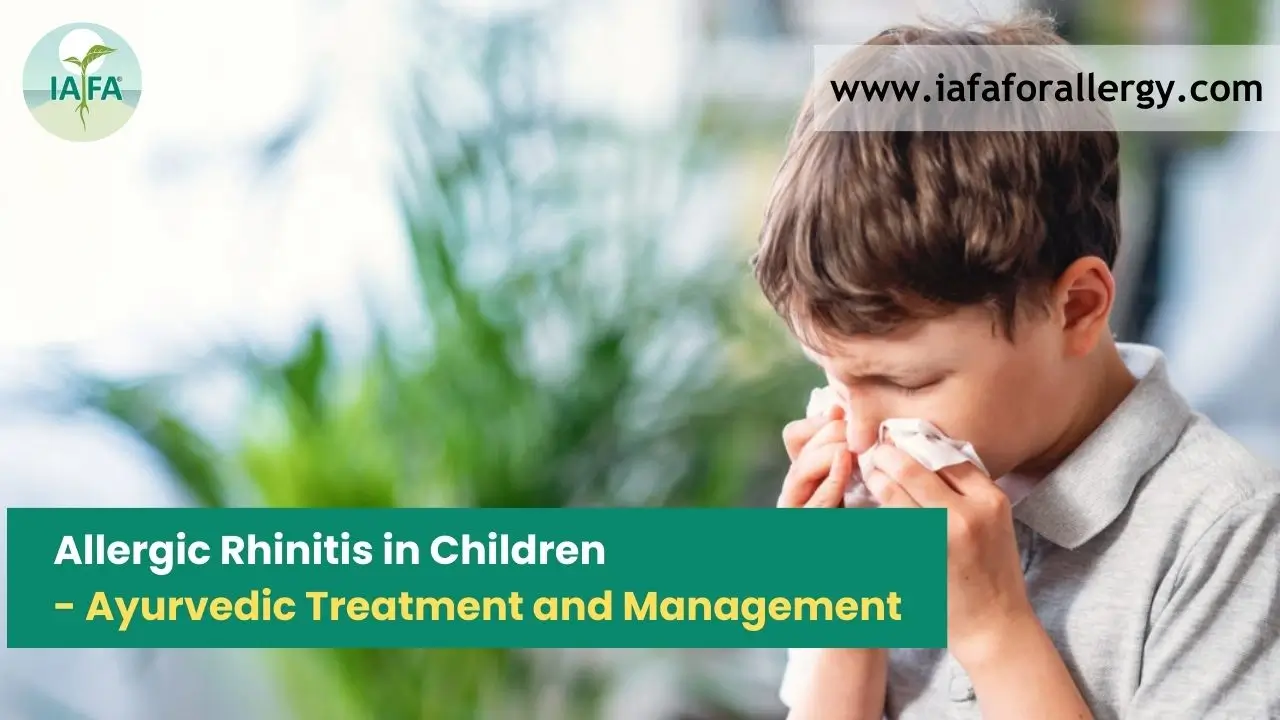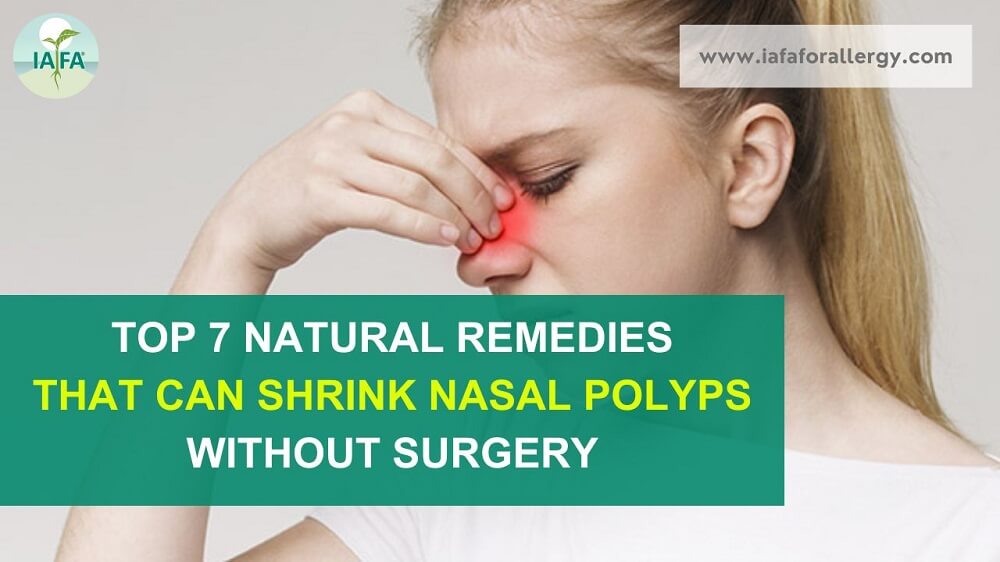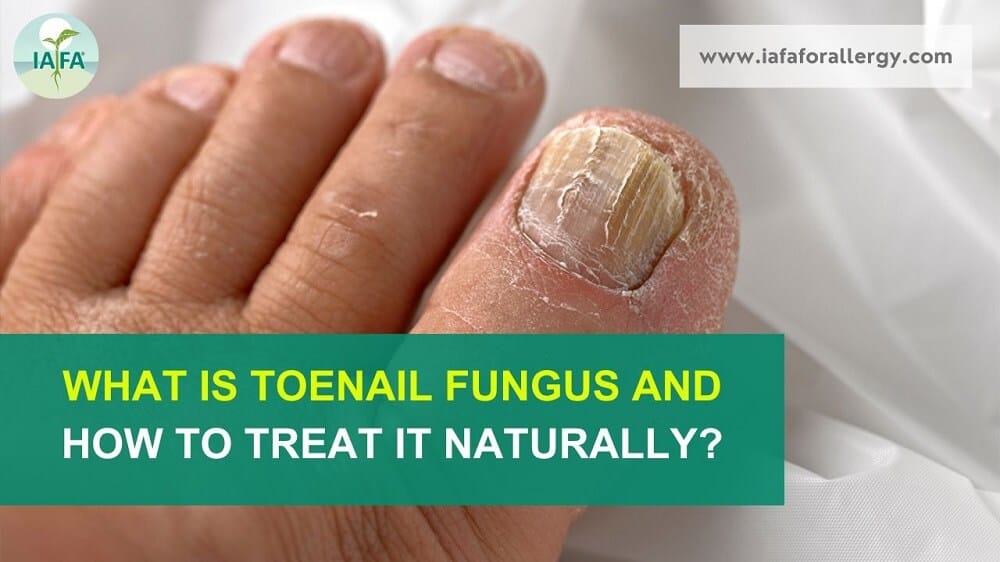Food allergy is a condition that is caused due to abnormal immune responses to certain foods that are responsible for triggering these reactions. It happens when the immune system wrongly recognizes some proteins present in the food as harmful. The body releases various protective measures in the form of chemicals such as histamine to protect the body against these food proteins. These responses often cause inflammation and various other symptoms related to food allergies which include:
- Vomiting
- Diarrhea
- Hives
- Rashes that cause itching
- Swelling of the tongue, face, or mouth
- Shortness of breath
- Low blood pressure
Types of Food Allergy
- IgE Antibody: In this type of food allergy, IgE antibody is released by the immune system.
- Non-IgE Antibody: In this type, IgE Antibodies are not released, rather other parts of the immune system fight against the perceived threat.
Antibodies are a kind of blood protein that is released by the immune system that recognizes threats and fights against them to protect the body.
Most Common Food Allergies in the United States
1. Cow’s Milk Allergy
Cow’s Milk Allergy is the most common food allergy found not only in the United States but throughout the world. It mostly affects infants and young children especially when they are introduced to cow’s milk proteins before they are 6 months old.
In most cases, children outgrow this allergy by the time they are three years of age, which makes it less common amongst adults.
An IgE allergy to cow’s milk elicits a reaction between 5-30 minutes of ingesting it or milk products. Symptoms like vomiting, swelling, rashes, hives, and anaphylaxis in rare cases begin to show within this time span.
In the case of a non-IgE allergy gut-related symptoms are more common which include vomiting, diarrhea, constipation, and inflammation of the gut wall.
The only way to avoid allergies related to cow’s milk is to avoid cow’s milk and products based on it. These include:
- Yogurt
- Cream
- Ice cream
- Cheese
- Butter
- Margarine
- Milk
- Milk powder
2. Eggs Allergy
Egg allergies are the second most common food allergies in children and adults. Like milk allergies, egg allergies also outgrow by the time children turn 16. There are possibilities of a person being allergic to only the egg whites and not the yolk, and vice versa, due to a slight difference between the proteins present in the two. Yet, allergy from the egg white is more common.
The easiest way to avoid egg allergy is to follow an egg-free diet. In some cases, products that contain eggs may not cause allergic reactions like biscuits, bread, or cookies.
3. Peanut Allergy
Peanut Allergy is another extremely common food allergy, that can trigger extreme and sometimes even fatal allergic reactions. In the case of peanut allergies, people with a family history are most likely to contract the same.
Such allergies are found in about 4-8% of children and 1-2% of adults globally.
However, there are chances for children to outgrow this allergy by the time they enter their teenage.
A peanut allergy may be avoided by a lifelong restriction of peanuts and peanut-containing products.
4. Tree Nuts Allergy
A Tree Nut Allergy is an allergic reaction that is caused by the consumption of seeds and nuts that come from trees.
This common food allergy is believed to be affecting about 1% of the US population.
People suffering from tea nut allergies are also likely to be allergic to nut butter and oils. Examples of tree nuts include:
- Walnuts
- Pine nuts
- Pistachios
- Almonds
- Brazil Nuts
- Cashews
- Macadamia Nuts
It is advisable to avoid all kinds of tree nuts even if one is allergic to only a single type. Tree nut allergies are responsible for causing 50% of anaphylaxis-related deaths. Therefore, people with nut allergies are advised to carry epi-pen with them at all times.
5. Seafood Allergy
Seafood allergies are by the consumption of shellfish or fish. Examples of shellfish include:
- Squid
- Lobster
- Crayfish
- Shrimp
- Prawns
- Scallops
Both fish and shellfish allergies can trigger serious and sometimes fatal reactions. Major symptoms include vomiting, diarrhea, skin rash, and itching.
Since the fins of shellfish and fish carry different proteins, it is possible that people who are allergic to fish may not be allergic to shellfish and vice versa. People allergic to fish may be allergic to one or more varieties of fish.
6. Wheat Allergy
Wheat allergies are caused as a result of reactions to one of the proteins present in wheat. Reactions to wheat can cause vomiting, hives, skin rash, digestive distress, swelling, and in severe circumstances anaphylaxis.
People with a wheat allergy can tolerate gluten present in other grains and are only precisely allergic to wheat. The only treatment for wheat allergy is to avoid wheat and wheat-containing products.
7. Soybean Allergy
Soybean belongs to the legume family. Most allergies to soybean start during infancy and happen as a reaction to the infant soy-based formula. Most soy allergies outgrow during adulthood. Mild symptoms of soy allergy include itching inside and around the mouth, skin rashes, patches, and hives.
Soy allergy doesn’t risk one to other legumes like peanuts, lentils, peas, and beans.
Food Allergies Treatment
Treatment of Food Allergies majorly focuses on restriction and elimination of allergy-causing foods and in some cases even the products that contain them. Few other measures to avoid and treat food allergies include:
- Avoid eating in restaurants and if you do make sure you highlight your food sensitivity to your server.
- Always be cautious while purchasing packaged food and check the list of ingredients contained carefully.
Food Allergies Treatment – As Per Ayurveda
Ayurveda includes different Herbal Remedies, Yoga Asanas, and Ayurvedic medicines that significantly contribute to treating food allergies and their symptoms. Let us take a look at a few of them.
Yoga Asanas for Treating Food Allergies
- Suryanamaskar
- Halasana
- Matsyasan
- Shaabhasana
- Pavanmuktasana
- Sarvangasana
- Adhomukhasvanasana
- Savasana
- Sukhasana
- Padmasana
- Bhujangasana
Herbs for Treating Food Allergies
- Nimba (Azadirachta Indica)
- Punarnava (Boerhavia Diffusa)
- Manjishta (Rubia Cordifolia)
- Guduchi (Tinospora Cordifolia)
- Sirisha (Albizia Lebbeck)
- Khadira (Acacia Catechu)
- Haridra (Curcuma Longa)
- Aragvadha (Cassia Fistula)
- Yashtimadhu (Glycyrrhiza Glabra)
- Rakta Chandan (Pterocarpus Santalinus)
Panchakarma Therapies for Treating Food Allergies
- Oil Messages (Abhyanga)
- Application of Herbal Pastes (Lepana)
- Sweating Therapy (Swedana)
- Washing with Medicated Liquids (Kshalana)
- Poring of Medicated Water (Dhara)
Conclusion
Food allergies can be typical and require immediate medical attention if ignored, certain food allergies can even cause life-threatening symptoms.
In case you require assistance regarding the handling of food allergy situations, you can get in touch with us at IAFA®, as we are the leading Ayurvedic care specialists in our stream.
At IAFA®, our aim is to provide successful Food allergy treatment in the USA through the application of Ayurvedic therapies, procedures, and herbs. Our approach is designed to safely eliminate the root causes of allergy-inducing agents from your body.








